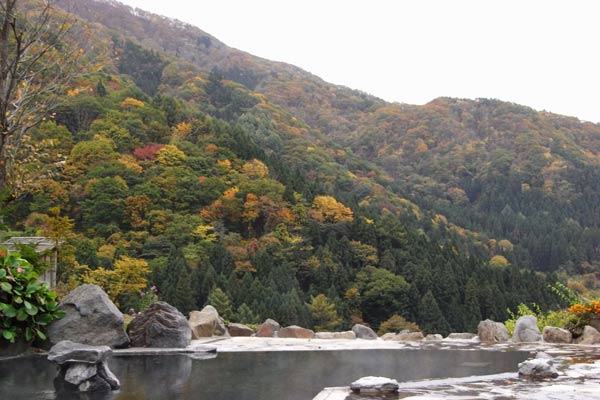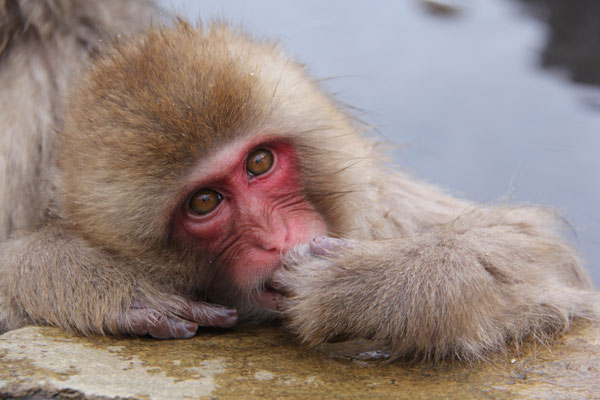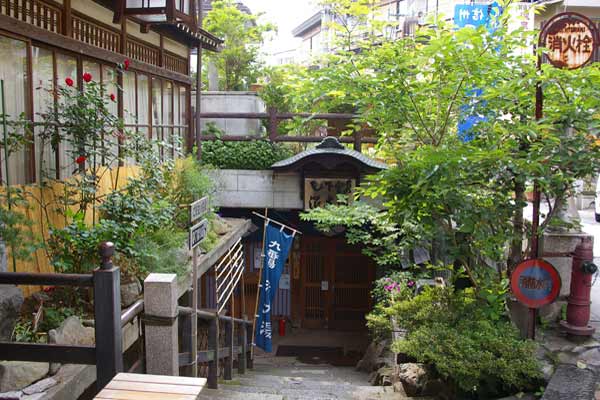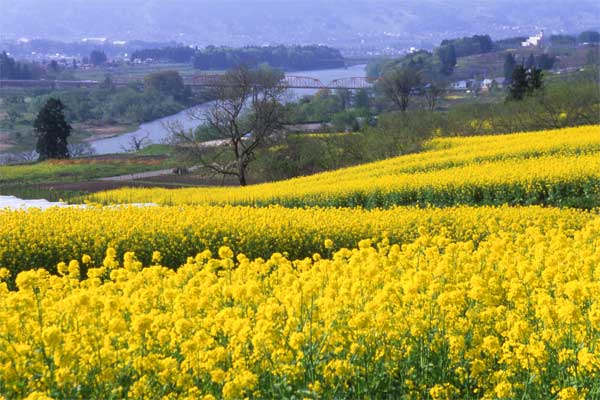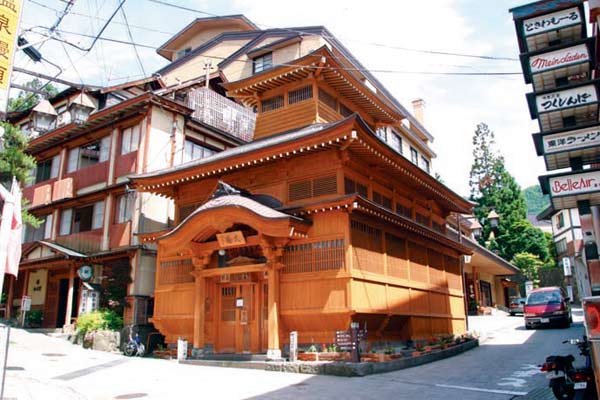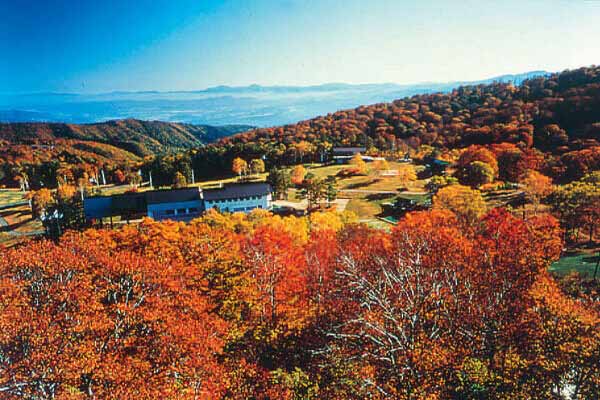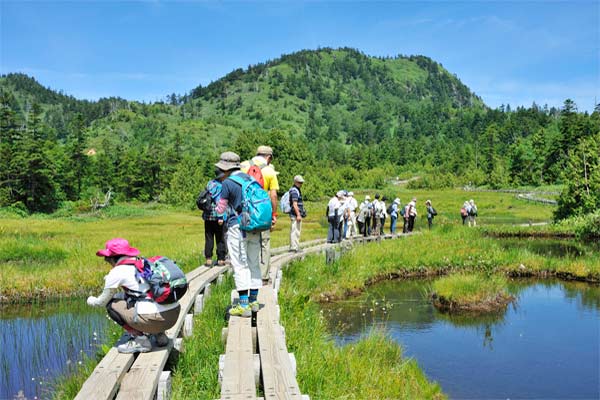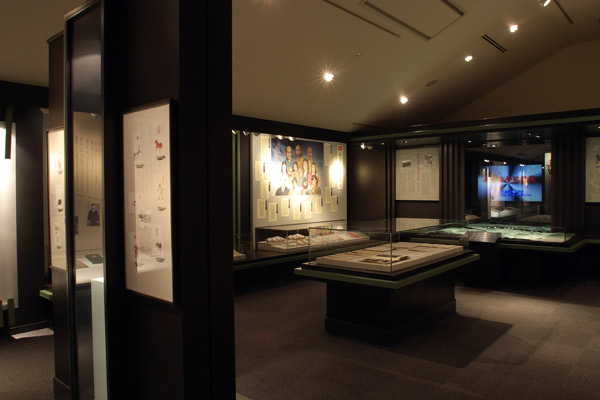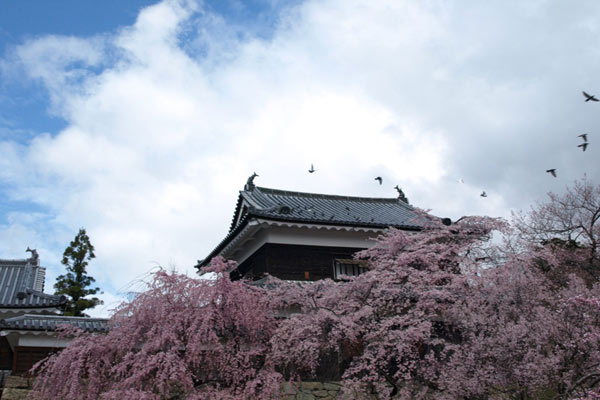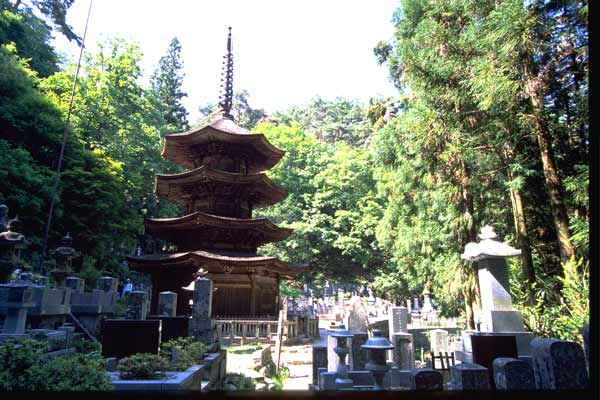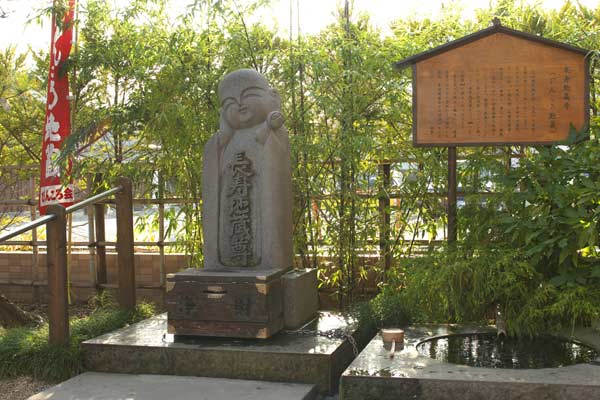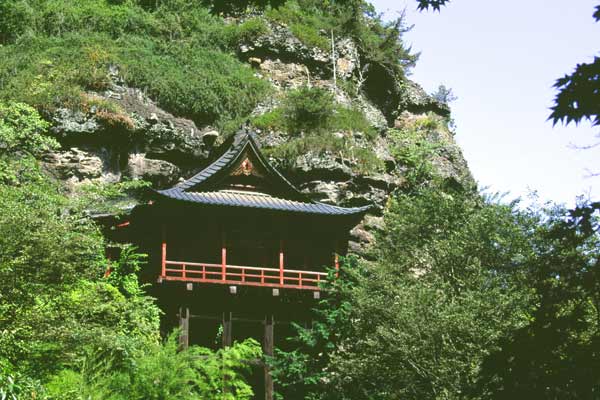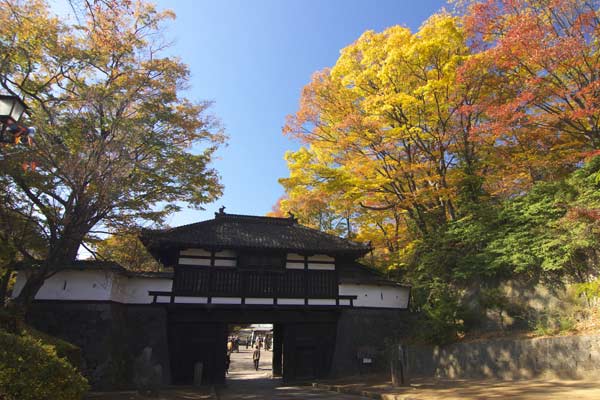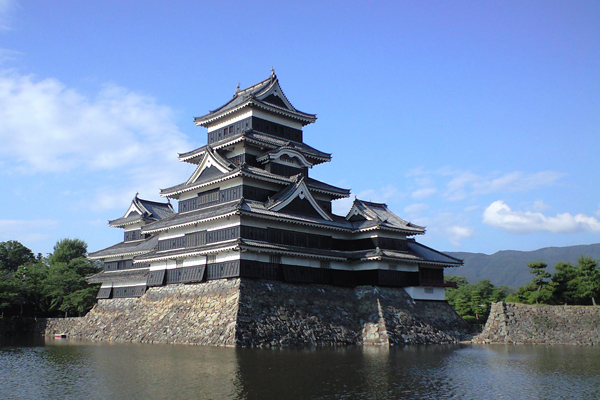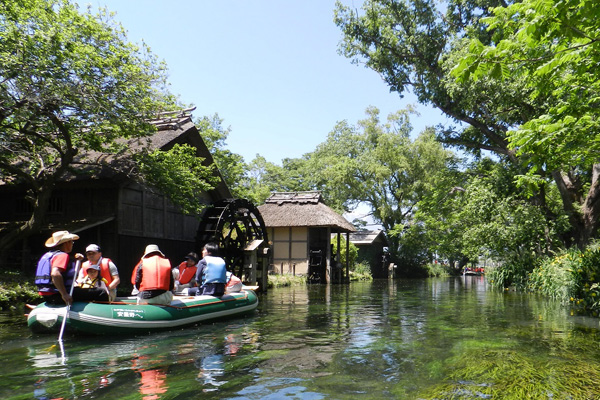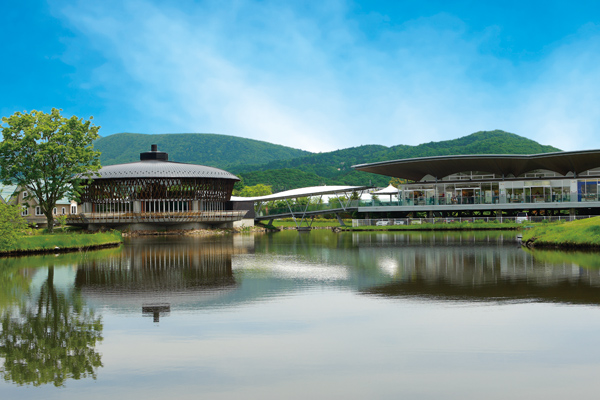-
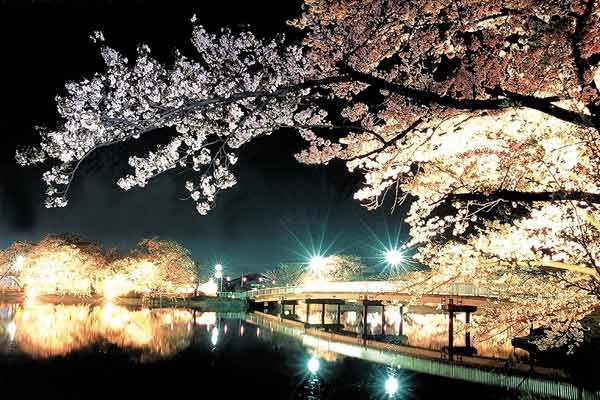
Garyu Park Cherry Blossom Festival (Suzaka City)
Named as one of Japan’s top 100 cherry blossom sites, Garyu Park has approximately 800 cherry trees as well as famous oden (hot pot) and dango (sweet dumplings) to enjoy. Don’t miss the blossoms illuminated at night, or the Suzaka Zoo located within the park.
Official Website
-
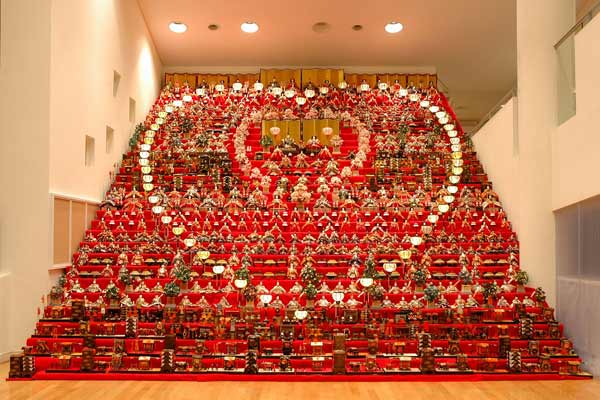
The World Folk Doll Museum (Suzaka City)
Having started with the Suzaka Town Doll Festival in 2001, the museum exhibits approximately 6,000 dolls donated by residents.
Official Website
-
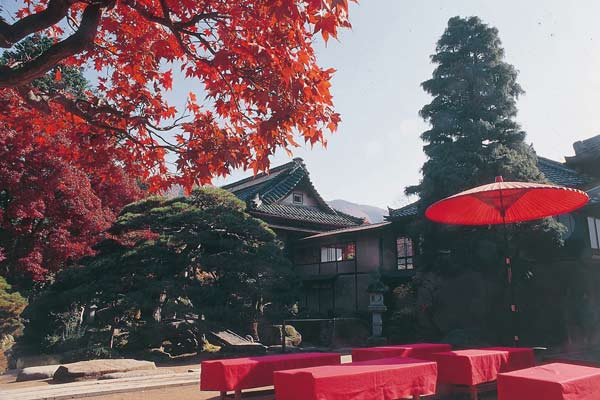
Tanaka Residence (Suzaka City)
The Tanaka Residence is a magnificent mansion located on a 9,900 ㎡ site enclosed by 20 storehouses around its perimeter of approximately 100 meters in each direction. The Japanese garden, the storehouses with linked eaves, and the buildings of the mansion harmonize beautifully throughout the changing seasons, and give modern-day visitors a window into the life of the prosperous merchant family.
Official Website
-
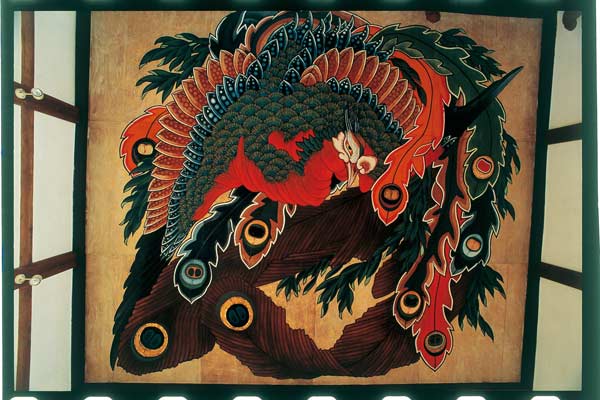
Gansho-in Temple (Obuse Town)
Gansho-in Temple is a Soto-school Buddhist temple opened in 1472. This old temple is associated with the Sengoku-era lord Masanori Fukushima, the artist Katsushika Hokusai, and the poet Issa Kobayashi. The premises include the mausoleum of Masanori Fukushima, as well as the Kaeru-gassen no Ike, or “pond of fighting frogs,” about which Issa Kobayashi composed the verse “Do not give in, thin little frog, Issa is here.” Additionally, the temple features the monks’ living quarters, a bell-tower, a meditation hall, and cypress temple gate guarded by two wooden warriors.
Official Website
-
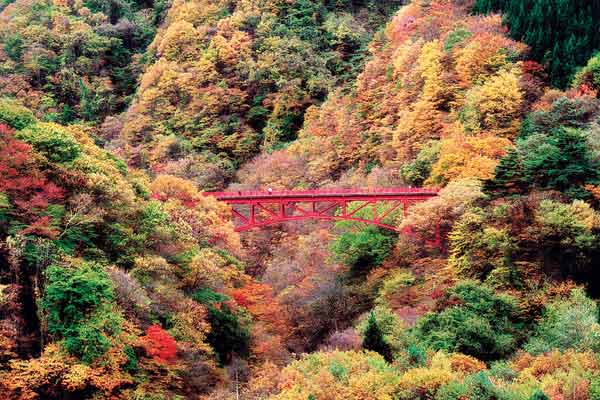
Takai Bridge, Matsukawa Valley (Takayama Village)
The Mai no Michi Walk is recommended if you wish to immerse yourself in the yellow and red autumn leaves of the Matsukawa Valley. The walk begins at the foot of Takai Bridge in Yamada Onsen. Take a casual stroll on the 1.3-km route that crosses the bridge going to the Yakushi-do temple hall on the other side.
Official Website
-
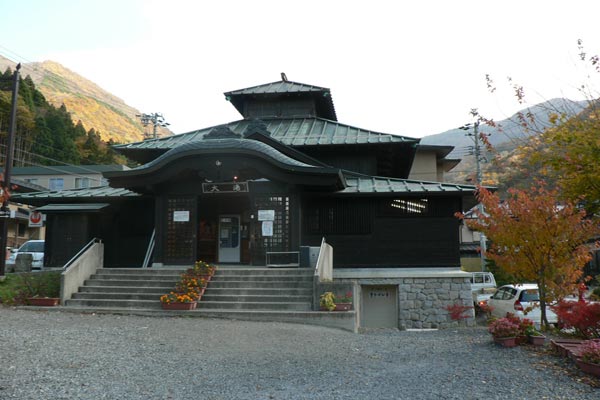
Yamada Onsen Oyu Baths (Takayama Village)
Take Nagano Prefectural Road 66 from Obuse Town, and you’ll arrive at Yamada Onsen, the gateway to the Matsukawa Valley. The venerable Oyu baths have been in operation for 200 years, with magnificent Momoyama-style architecture that creates a truly classic Japanese hot spring atmosphere.
Official Website
-
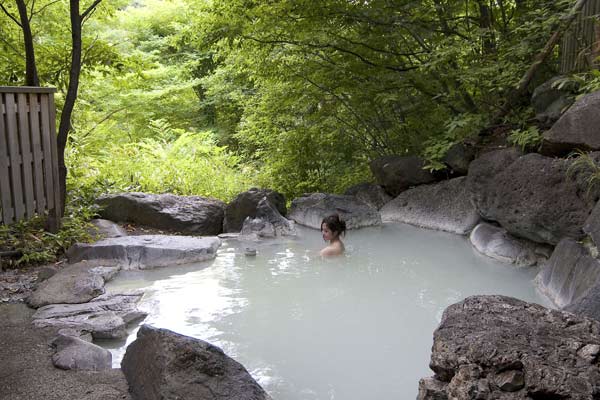
Goshiki Onsen/Takayama Onsen Village (Takayama Village)
This area has long been known for its hot spring inns and the healing properties of its springs, and it has also been well loved by many writers and artists. The eight hot springs of the valley still retain their vibrant atmosphere today, and along with the Matsukawa Valley, remain proud treasures of Takayama Village. Enjoy a leisurely, relaxed tour of this hot spring village.
Official Website
-
.jpg)
English Garden (Nakano City)
Located 400 meters north of the city, this 3.4-hectare park is located in a residential area with good access and spectacular views of Mt. Kosha (Takaifuji) to the north, Mt. Hako to the east, and the five mountains of the Hokushin-Gogaku range to the west.
Official Website

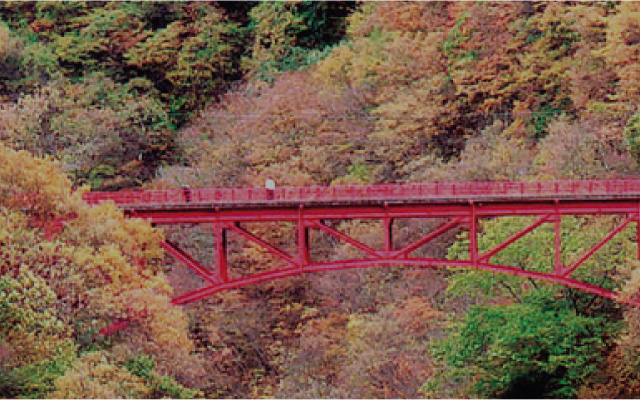

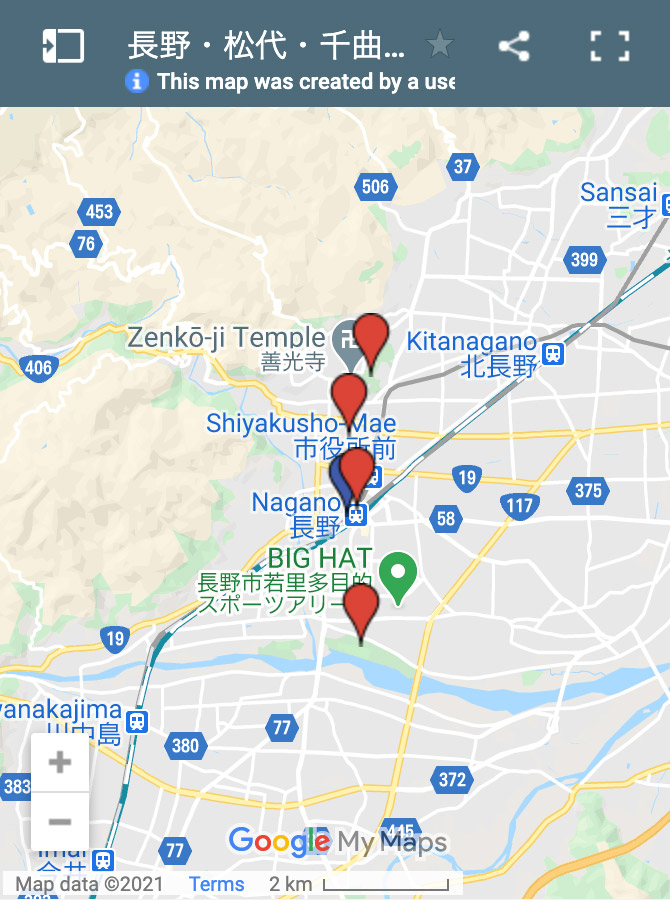
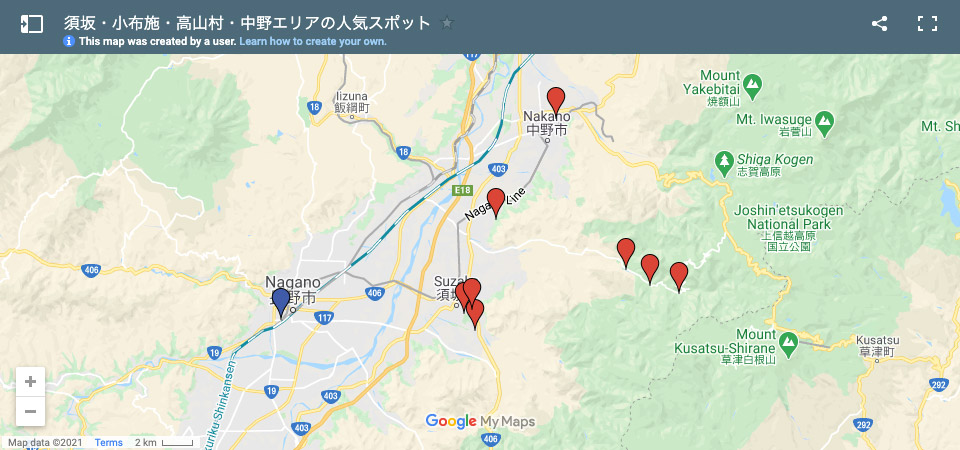
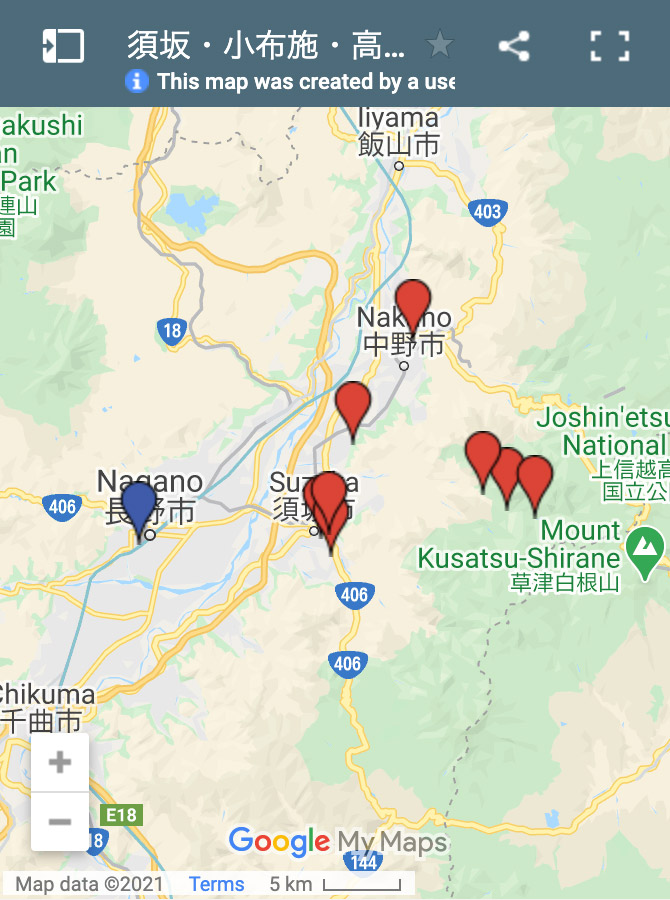
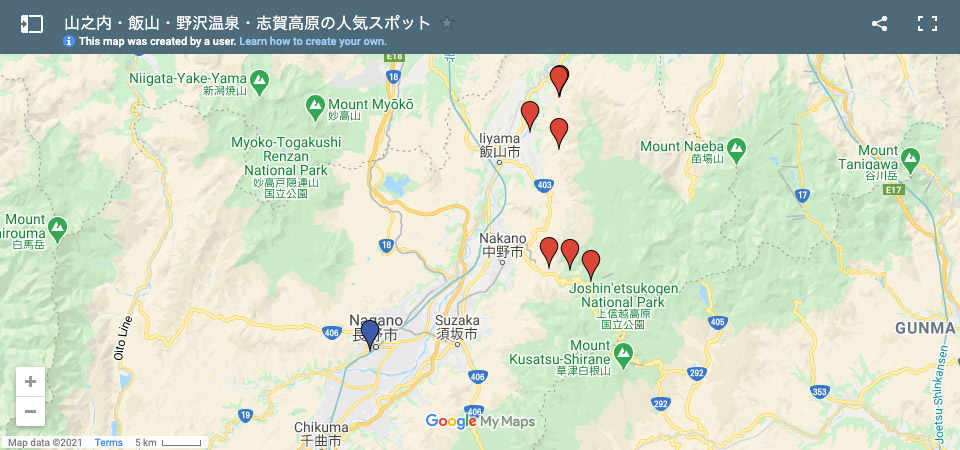
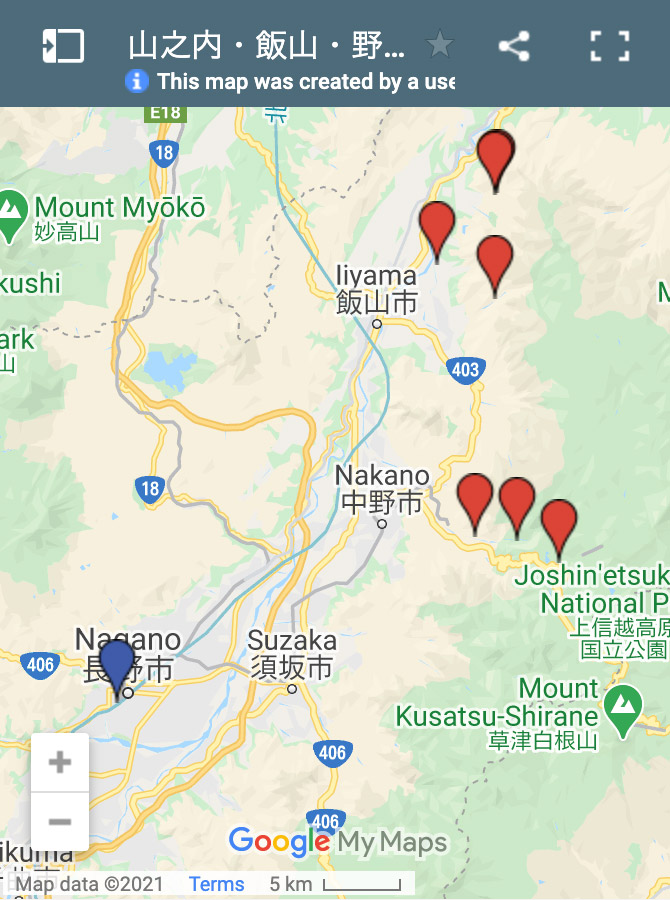
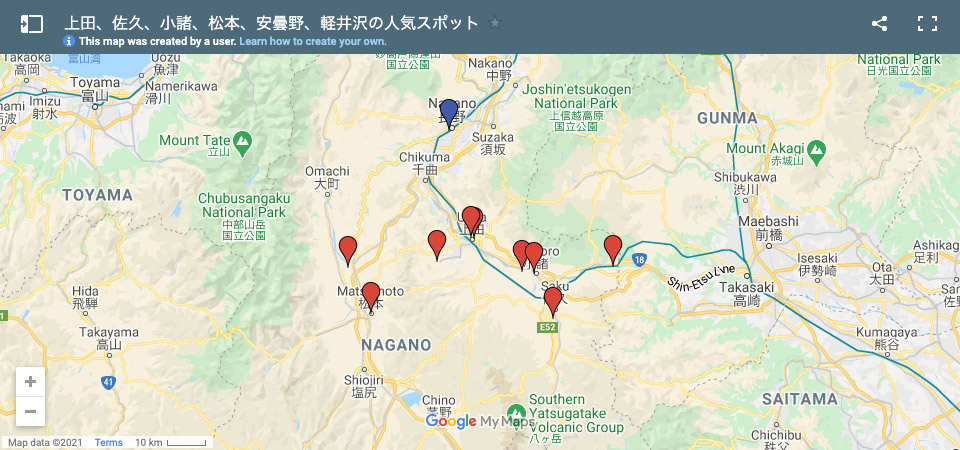
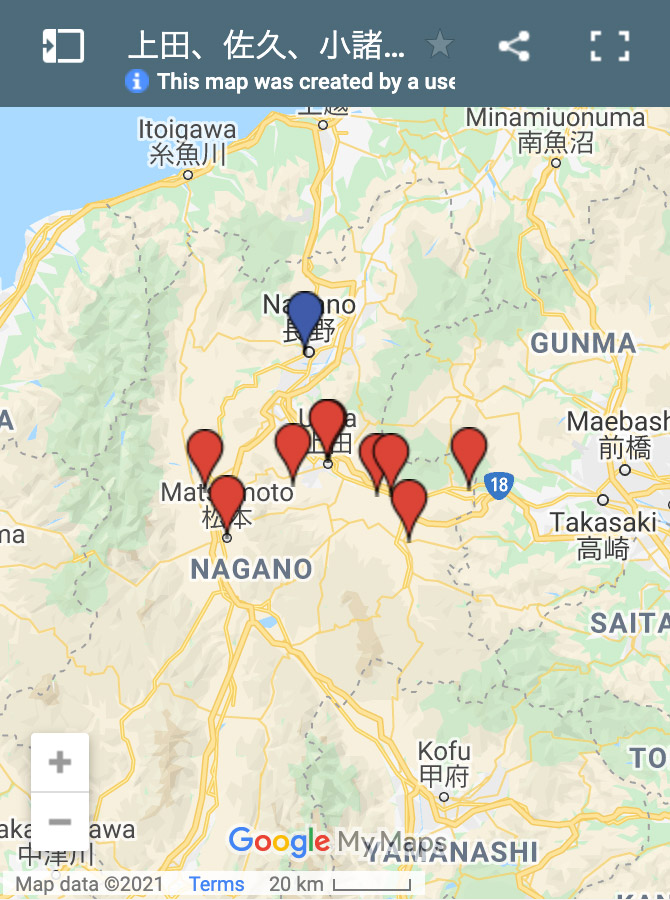

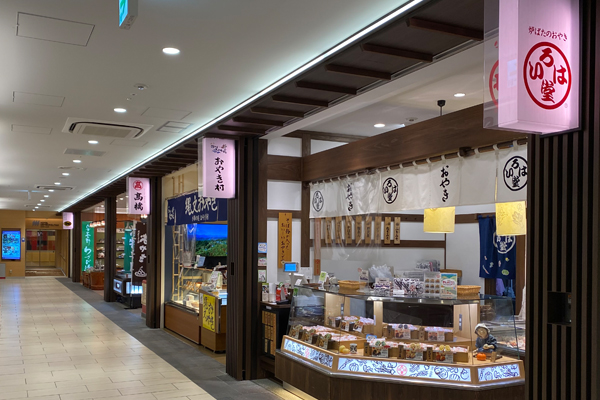
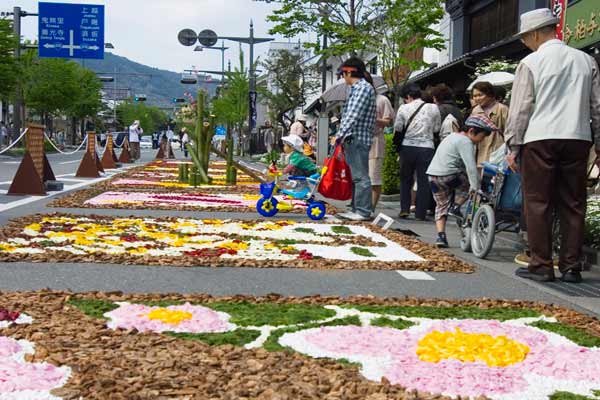
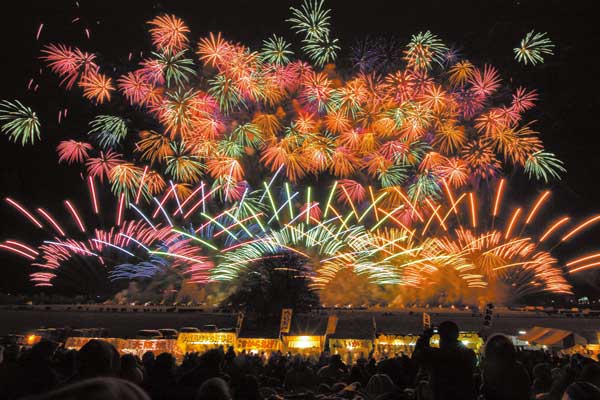
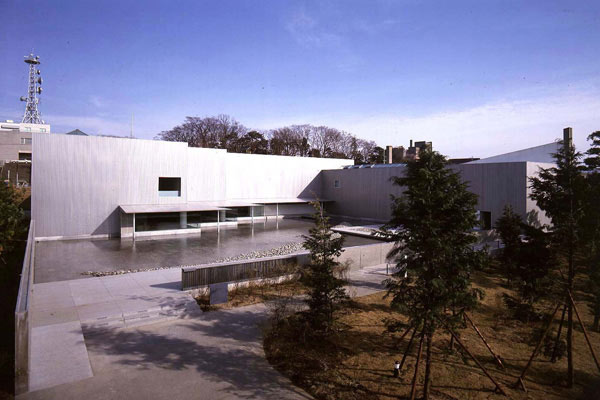
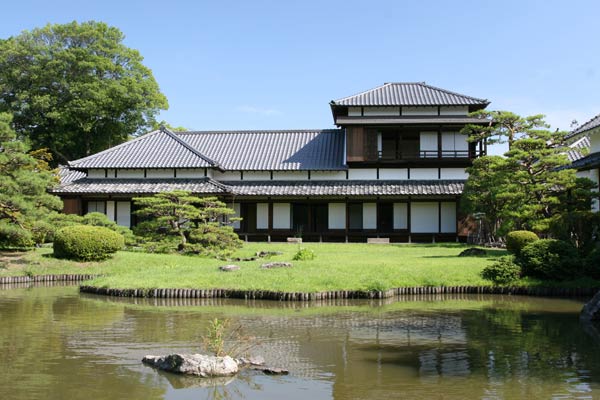
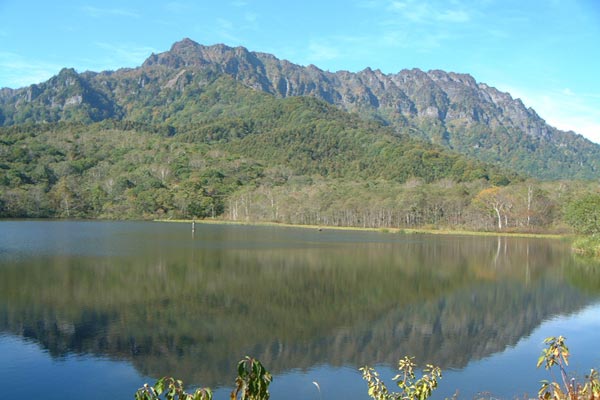
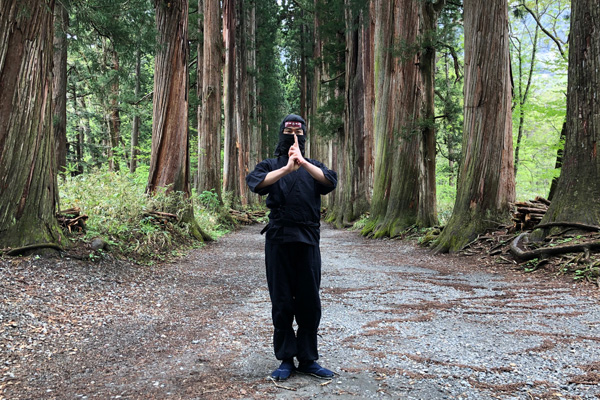
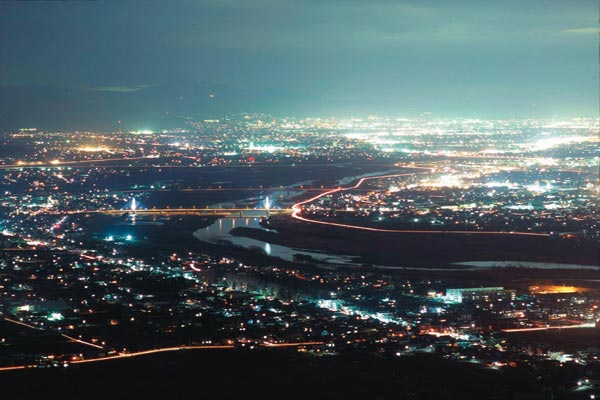







.jpg)
